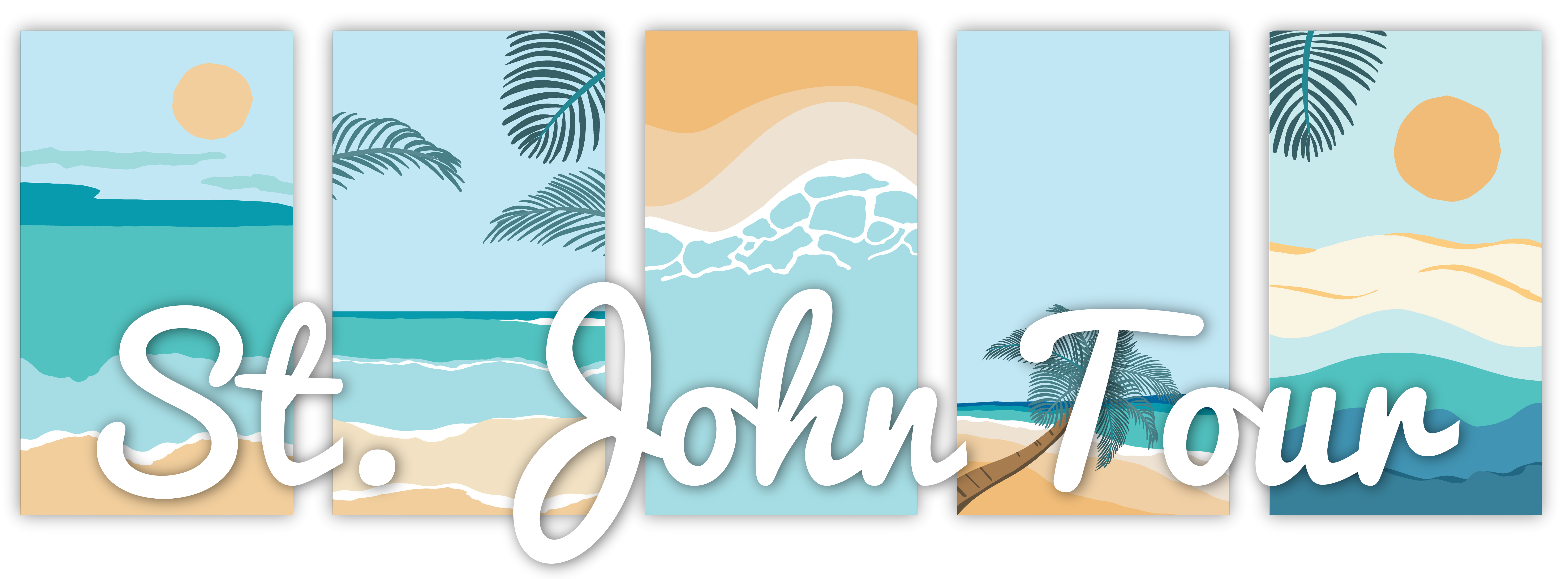Unveiling the Rich St. John, USVI, History
Nestled amidst the turquoise waters of the Caribbean, St. John, one of the captivating U.S. Virgin Islands, boasts a history as vibrant and diverse as its breathtaking landscapes. From ancient indigenous settlements to colonial struggles and emancipation, the island's past is woven with tales of resilience, exploration, and cultural heritage. Join us as we embark on a journey through time, uncovering the fascinating St. John, USVI, history unveils how we arrived at the tropical paradise we know today.
Pre-Columbian Inhabitants
Long before European settlers arrived on its shores, St. John was home to the Taino and Arawak indigenous people. These early inhabitants thrived on the island's bountiful resources, leaving behind traces of their culture, including petroglyphs and artifacts that can still be found in certain areas today.
European Exploration and Colonization
Christopher Columbus first set eyes on the U.S. Virgin Islands during his second voyage in 1493. However, it wasn't until the early 17th century that European powers, particularly the Danish and the Dutch, began to establish settlements in the region. The Danish West India Company claimed St. John in 1718, naming it after St. John the Baptist.
The Plantation Era
The 18th and 19th centuries marked the era of sugar plantations on St. John. The island's fertile soil and favorable climate led to the cultivation of sugarcane on a large scale, and enslaved Africans were made to work the plantations. Today, remnants of this dark period can be explored at sites like the Annaberg Plantation, where ruins serve as a poignant reminder of the island's past.
Emancipation and the Decline of Plantations
The 19th century brought significant changes to St. John's history. In 1848, enslaved people across the Danish West Indies were emancipated, ending the era of slavery on the island. The decline of the sugar industry followed, and many plantations were abandoned. This led to a shift in St. John's economy, with some former slaves becoming subsistence farmers and fishermen.
Transfer of Ownership
In 1917, the United States purchased the Danish West Indies, including St. John, from Denmark for $25 million in gold. This acquisition led to the islands' renaming as the U.S. Virgin Islands, and they became an unincorporated territory of the United States.
Conservation and the Creation of Virgin Islands National Park
The mid-20th century brought a renewed focus on preserving St. John's natural beauty and cultural heritage. In 1956, philanthropist Laurance Rockefeller donated large portions of land on the island, leading to the establishment of the Virgin Islands National Park in 1956. Today, the park encompasses over 60% of St. John's total land area and safeguards its remarkable ecosystems and historical landmarks.
Modern St. John
In the modern era, St. John has blossomed into a premier Caribbean destination, renowned for its eco-conscious tourism and unspoiled beauty. The island's unique blend of history, culture, and natural wonders draws visitors from around the globe, eager to explore its pristine beaches, vibrant coral reefs, and lush hiking trails.
As you set foot on the shores of St. John, USVI, take a moment to appreciate the layers of history that have shaped this tropical gem into the paradise it is today. From its indigenous roots and colonial past to its modern-day conservation efforts, St. John stands as a testament to human resilience and the harmonious coexistence of culture and nature. So, as you revel in the island's beauty and immerse yourself in its heritage, remember that you are treading on a land enriched by the stories of the past, and carry with you a newfound appreciation for the captivating St. John, USVI, history.
